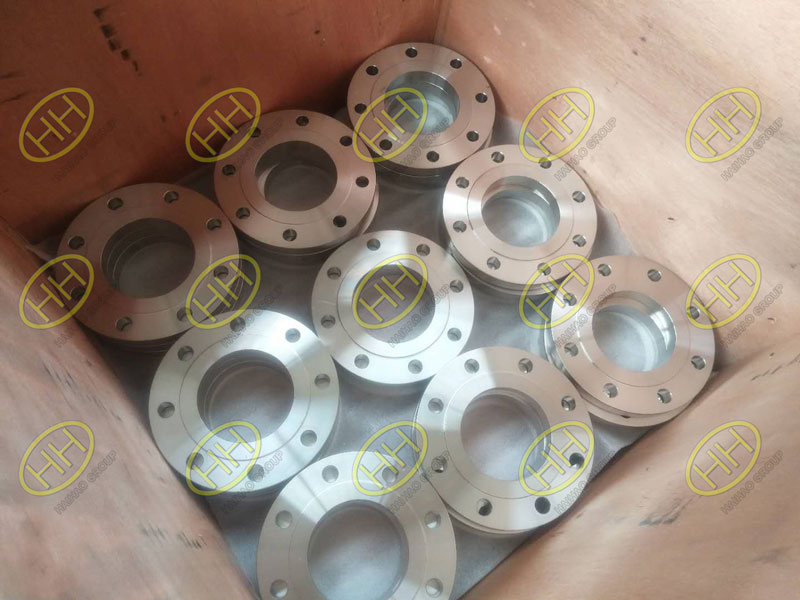Characteristics of flat welding flanges in stainless steel flanges
The advantage of flat welding flange in stainless steel flange is to save space and reduce weight. It can protect the joint part from leakage and has excellent sealing performance. The reduction of the size of the compact stainless steel flange is due to the reduction of the diameter of the seal and the reduction of the cross section of the sealing surface.
In addition, the flange gaskets have been replaced by the sealing rings, thus ensuring that the seal has a very good match to the sealing surface. As the required pressure decreases, the size of the bolt and the required amount can be reduced correspondingly. Therefore, a small and lightweight stainless steel flat welding flange is designed. Therefore, stainless steel flange welding flange is a very high-quality flange product, which effectively reduces the quality and space, and plays an important role in the industrial field.
The forging methods of flanged flanges for stainless steel flanges include free forging, upsetting, extrusion, die forging, closed die forging and closed upsetting. Closed die forging and closed upsetting because there is no flash, so the utilization rate of materials is very high. The finish machining of complex forgings can be accomplished by one process or several processes. And the area of forgings will be smaller and the load will be very small. However, it is necessary to notice that the blank can not be completely restricted, so the volume of the blank should be strictly controlled, the relative position of the forging die and the measurement of the forgings should be controlled, so as to reduce the wear of the forging die.
According to the movement mode of forging die, forging can be divided into rotary forging, swinging forging, roll forging, cross wedge rolling, ring rolling and skew rolling. Precision forging is also used for rotary forging, swing forging and ring rolling. In order to increase the utilization rate of materials, roll forging and cross rolling can be used for the processing of slender materials. The same rotary forging as free forging is also local forming. The advantage is that it can also be formed when compared with the size of forging and the forging force is lower.
This kind of forging, including free forging, extends from the surface to the free surface in the process of processing. Therefore, it is difficult to ensure the precision. Therefore, the motion direction and the rotary forging process of the forging die are controlled by computer, and the products with complex shape and high precision can be obtained by the lower forging force. For example, many kinds of forgings, such as turbine blades with large variety and large size.
When forging at low temperature, the dimension change of stainless steel flange forgings is very low. When forging at less than 700 degrees, there is less formation of oxide scale and no decarburization on the surface of stainless steel flange. Therefore, as long as the deformation can be in the forming energy range, cold forging is easy to obtain very excellent dimensional accuracy and surface finish. As long as the temperature is controlled well and the lubrication is cooled, the warm forging at 700 C can also achieve very good accuracy.
Because of the small deformation energy and deformation resistance during hot forging, large forgings with complex shapes can be forged. Forged parts with high dimension accuracy can be processed by hot forging at 900-1000 C temperature range. In addition, we should pay attention to improving the working environment of hot forging. Forging die life (2-5 1000 hot forging, 1-2 warm forging, 2-5 cold forging) is shorter than the other temperature fields, but its degree of freedom is large and the cost will be lower.


